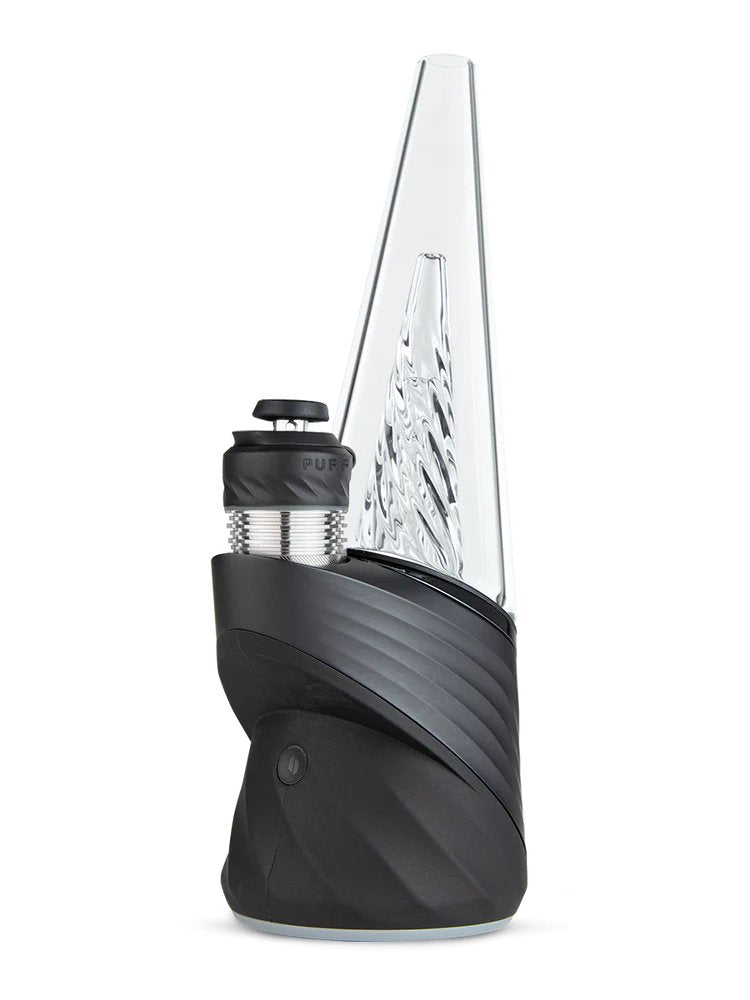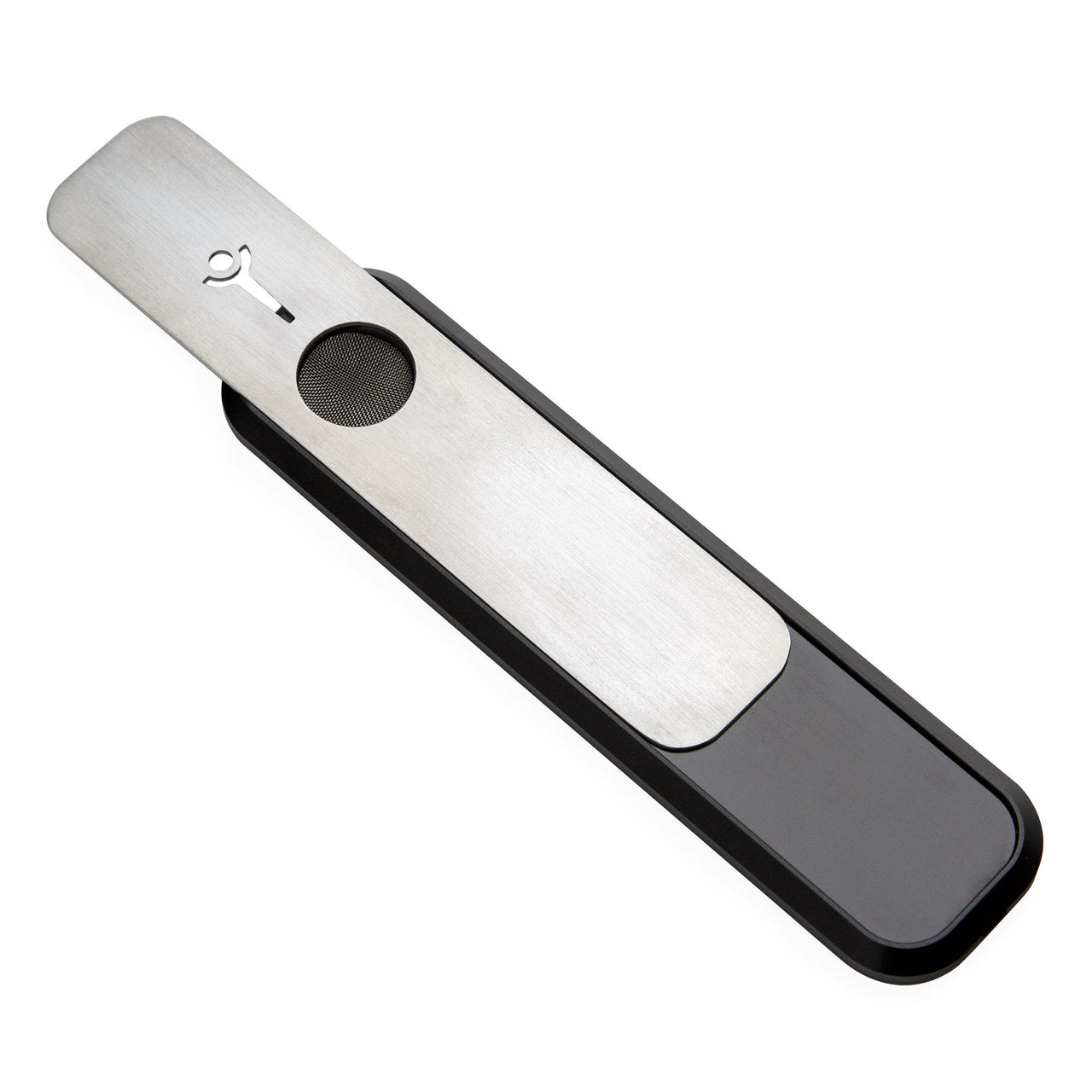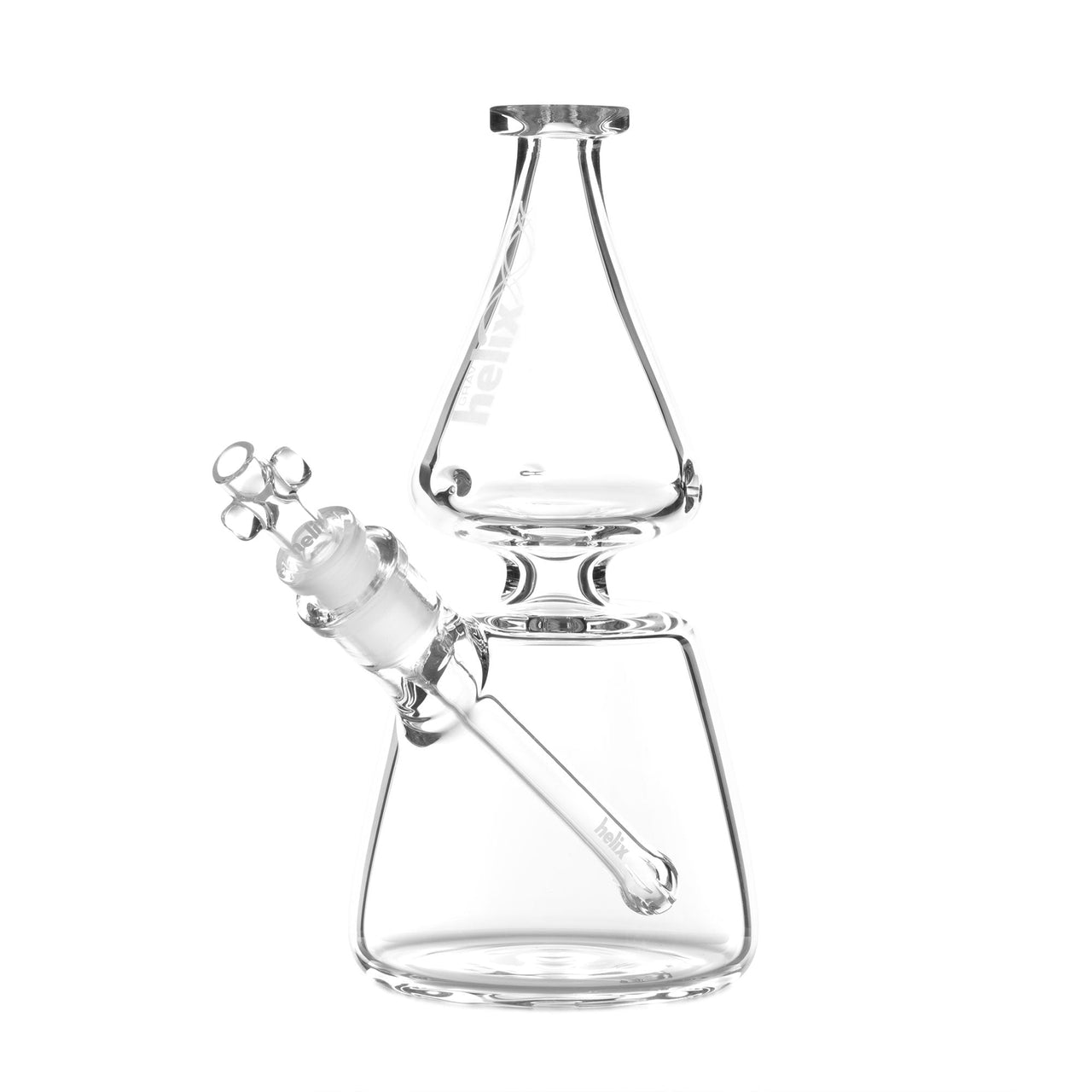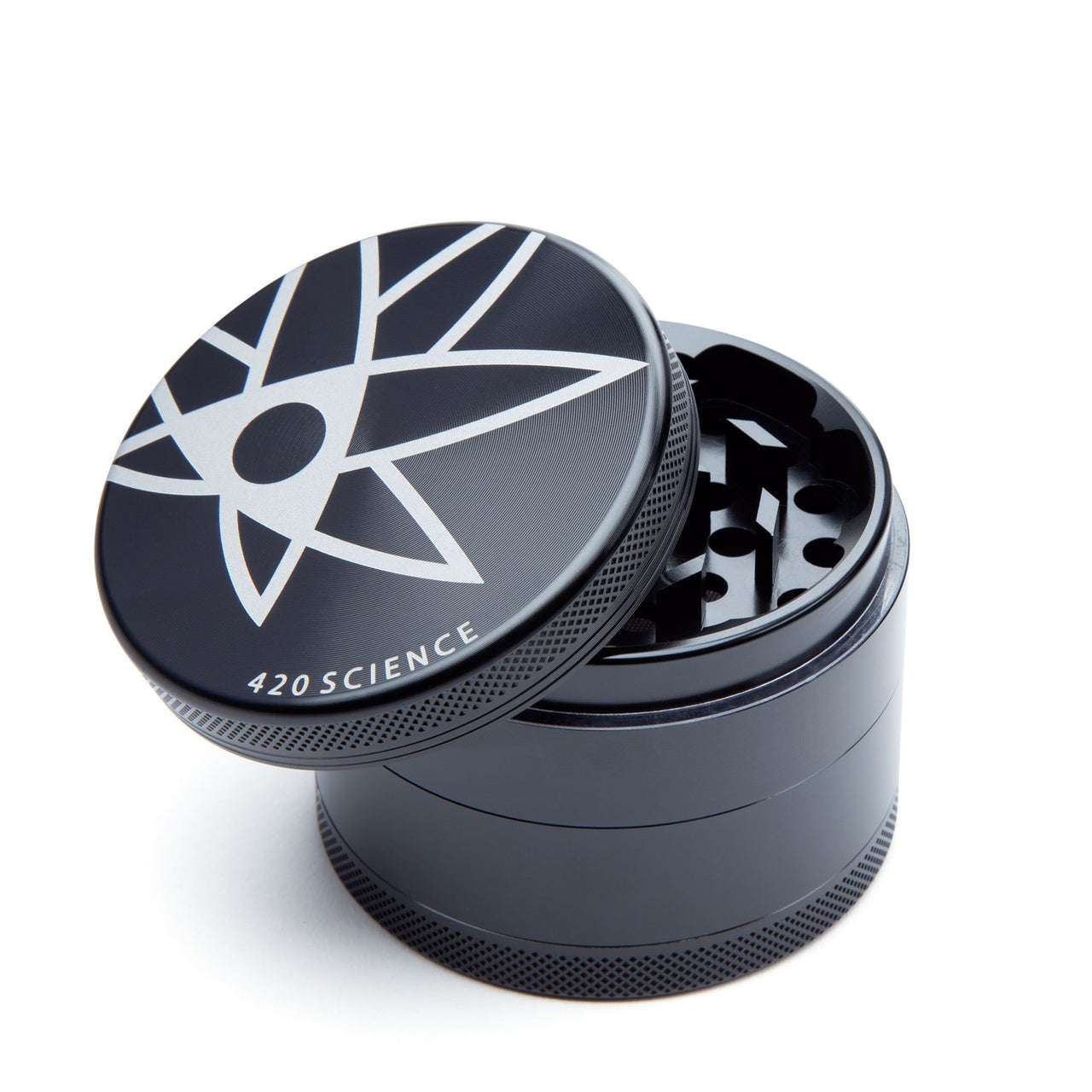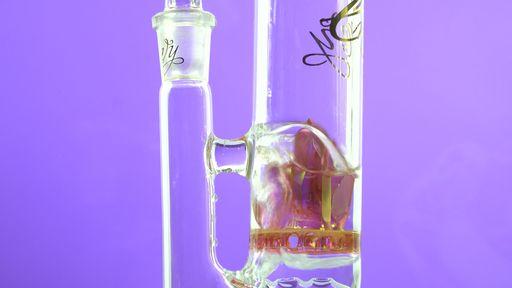
How Does a Bong Work?
How Do Bongs Work?
Bongs have been around for centuries. Many people prefer a bong because of the immediately powerful experience you get compared to smoking with a pipe or a joint. If you are looking for a filtered and more instant smoking experience, then a bong is what you need. Sometimes bongs are called water pipes or water filtered pipes.
If you had a chance to use one before, you already know there are a couple of steps to hitting a bong. However, there are different types of bongs, and each requires a slightly different strategy to hit just right.
Why is There Water in a Bong?
Possibly, you've come across very heady or scientific bongs. Or maybe you've only had the pleasure of seeing or using a fundamental one featuring a water chamber and a bowl. Regardless of the one you know, they all work essentially the same way.
Bongs have a bowl where you put ground weed. Once you light the weed, it combusts. When you inhale, the water at the bottom of the bong bubbles. The smoke then goes through the water and then the chamber before it goes through your mouth to the lungs.
The water filtered pipe gives you a better experience by getting rid of the smoke's dry heat, and with it goes the harshness. That's why you may feel it's cooler and smoother.
The Physics Behind Bongs
Interestingly, the basic principles of how a bubbler works are elementary. One of them is the vacuum. Once you light up your bowl of weed, it releases smoke. And when you inhale, you create a quasi-vacuum that sucks the smoke from the bowl to the chamber.
Since the smoke passed through water for cooling, it tends to stay in the chamber even after removing your mouth from the mouthpiece (only small amounts of smoke escape). When you inhale, do you see those bubbles that form? That is the 'lungs of the bong' (for lack of a better word), creating its micro vacuum to suck the smoke into the chamber.
When you remove your finger from the carb or pull the slider, ensure that you quickly inhale the remaining smoke from the chamber. Since the pressure inside the bubbler is more than the atmospheric pressure, you can promptly inhale the smoke when you remove your finger from the carb.
Bong Anatomy 101: Parts of a Bong
If you are new to using standard bongs (like this one), you need to know the parts to understand how best to use them. Here are the six specific elements of a bong:
1. Bowl
The bulb-like attachment is the bowl, and that's where you put the dried and grounded weed before you combust it. You can remove it and allow it to function as a slide.
2. Carb
It's a tiny hole that can allow you to complete the bong toke and finish the smoke from the chamber. The common one is a pull or slide carb, which you can expose when you remove the bowl. Not all bongs have a carb but older ones can.
3. Mouthpiece
This is where you put your mouth before inhaling.
4. Downstem
It's a mall tube where the smoke passes through from the bowl to the base, where it cools.
5. Tube
This is the chamber that ends in the mouthpiece. It fills with smoke when you inhale.
6. Water Chamber
It's the bottom of the bong and contains water for the smoke to cool.
7. Percolator
This is an additional filter that the smoke moves through.
Types of bongs
There are many designs a bong can take but they come down to these essential forms.
- Gravity bongs – you can hand make these from different things in your home. However, you can purchase one that is glass and works way better than can be homemade.
- Beaker bongs - have a large chamber that stores a big hit.
- Standard Tube bongs - can get one made of silicone, wood, acrylic, but best of all is glass. These are the typical bongs and what a lot of people use.
- Recyclers - move water around over and over constantly to create a slower but more filtered hit.
How to use a water bong
Water bongs are the simplest kinds of bubblers to use. Most of your work is done through simple suctions. If you are a beginner, here is how you can use it;
Step 1: Pour water into the bong submerging the downstem.
Step 2: In the bowl, pack some freshly ground dried buds.
Step 3: Place your mouth on the mouthpiece before you light the bowl and start inhaling slowly.
Step 4: Once the chamber fills up with milky white smoke, you can let go of the carb. If yours has a slider, then pull it instead.
Step 5: Inhale the smoke from the chamber and return the slider when you exhale.
Why bongs get you higher than other methods of smoking
The experience of hitting a bong is not only better but also delightful. Unlike using a pipe, a blunt, or a joint, there's no harshness to it. Here is what makes the bong work so well.
- The chamber of a bong allows you to build up a huge hit. Theoretically, the bigger the hit the higher you'll get.
- Joints take longer to kick in. With a bong, you get high with no more than two hits, or even one is enough. When you inhale you get an instant effect.
From these pointers, you can tell that bongs have the edge over the other smoking methods because of the quick session time and intense experience.
The filtered smoke will cause the water in the bong to turn brown or get otherwise stale. That's because some of the compounds are the smoke from the weed that is filtered in the water. Plus, bongs with filters and ice can help remove more particulate than regular bongs. However, it would help if you always opted to use distilled water for numerous reasons, including being resistant to becoming cloudy at various temps.
Final thoughts
Bongs come in all shapes and sizes. But one thing they have in common is how instantly high you can get from using them instead of spending time rolling joints. And don't forget the smoother and less harsh hit you get from it.



